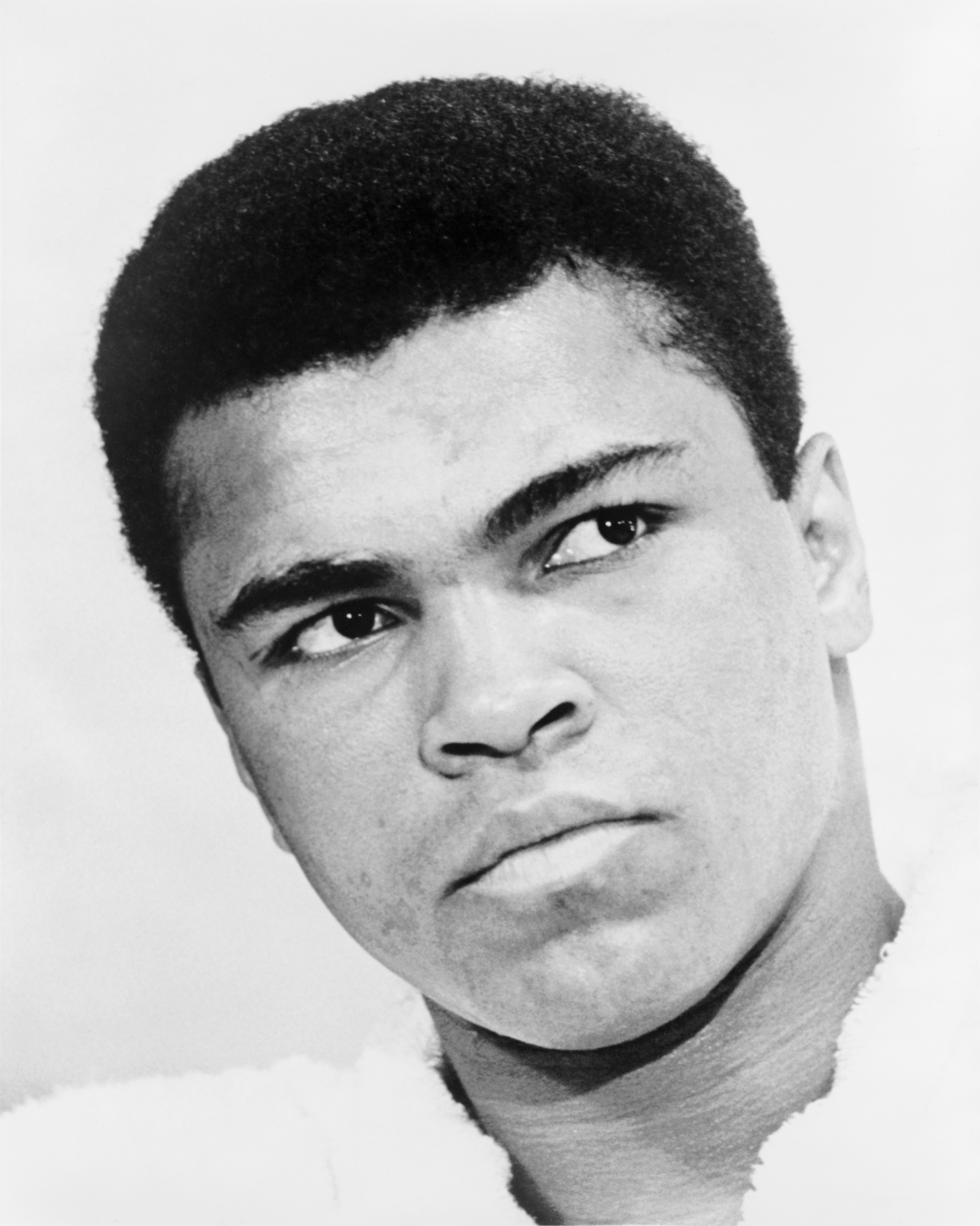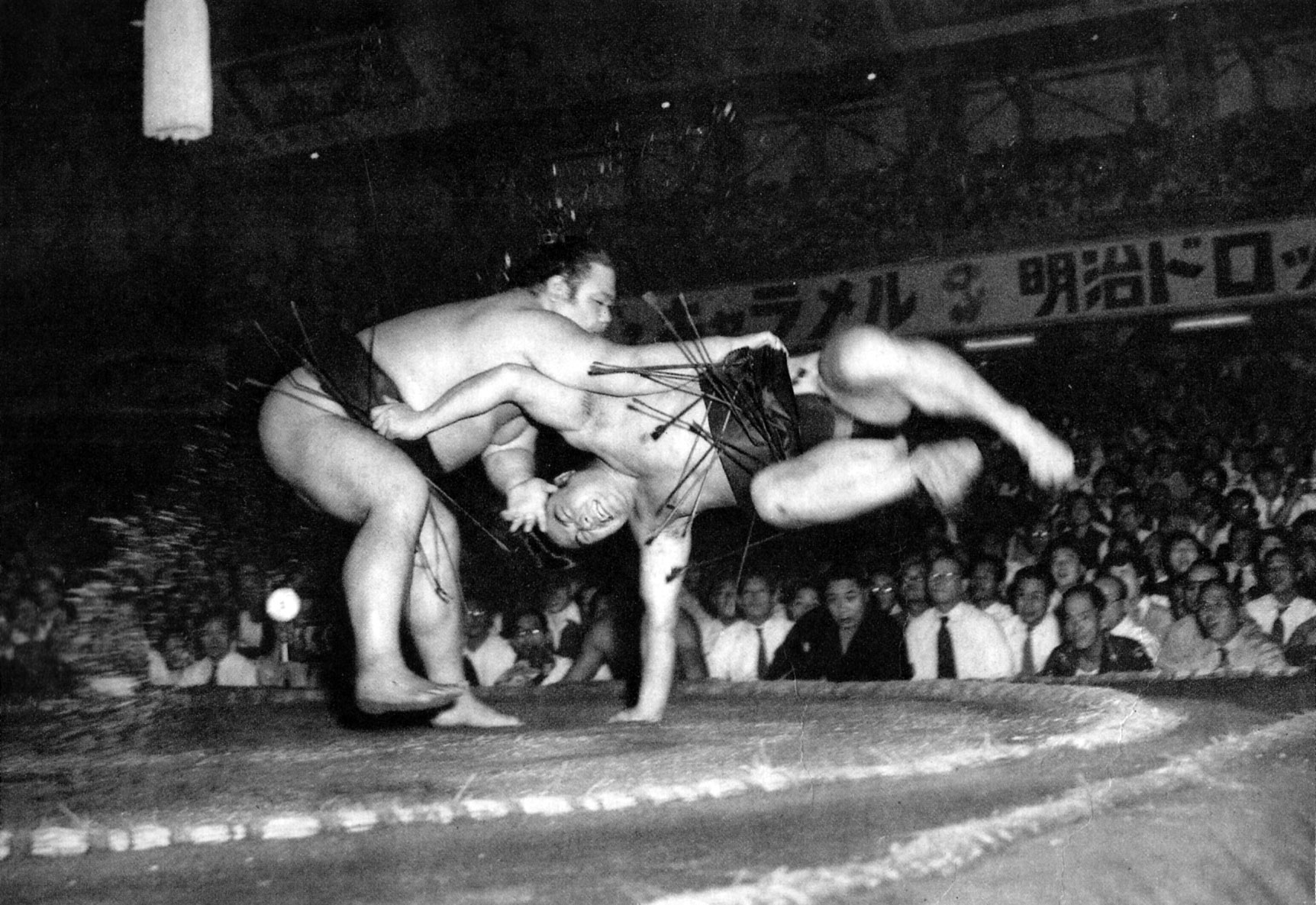|
Wajima Hiroshi
was a Japanese professional sumo wrestler from Nanao, Ishikawa. He was the sport's 54th ''yokozuna'' and remains the only wrestler with a collegiate background to reach its highest rank. Entering professional sumo in 1970, he won a total of 14 tournament championships or ''yūshō'' during his career before retiring in March 1981. He was later head coach of Hanakago stable, but after several controversies, Wajima was forced to leave the sumo world and turned to professional wrestling. Sumo career After graduating from Nihon University where he was twice the amateur sumo champion in 1968 and 1969, he made his professional debut in January 1970 at the age of 22, joining Hanakago stable. He was given ''makushita tsukedashi'' status, meaning he could begin in the third highest ''makushita'' division. He was undefeated in his first 14 matches and reached the ''jūryō'' division after just two tournaments. He was promoted to the top ''makuuchi'' division in January 1971. After finis ... [...More Info...] [...Related Items...] OR: [Wikipedia] [Google] [Baidu] |
Nihon University
, abbreviated as , is a private university, private research university in Japan. Its predecessor, Nihon Law School (currently the Department of Law), was founded by Yamada Akiyoshi, the Minister of Justice (Japan), Minister of Justice, in 1889. It is one of Japan's leading private university, private universities. The university's name is derived from the Japanese word "Nihon" meaning Japan. Nihon University now has "16 colleges and 87 departments, 20 postgraduate schools, 1 junior college which is composed of 5 departments, 1 correspondence division, 32 research institutes and 3 hospitals." The number of students exceeds 70,000 and is the largest in Japan. University profile Most of the university's campuses are in the Kantō region, the vast majority in Tokyo or surrounding areas, although two campuses are as far away from Tokyo as Shizuoka Prefecture and Fukushima Prefecture. These campuses mostly accommodate single colleges or schools ( in Japanese). In December 2016 the ... [...More Info...] [...Related Items...] OR: [Wikipedia] [Google] [Baidu] |
Shikona
A is a sumo wrestler's ring name. The tradition of ring names in sumo dates back to the Edo period, where they were used as a means to attract customers and hide the identities of the ''rikishi''. Like standard Japanese names, a ''shikona'' consists of a surname and a personal, or given name, and the full name is written surname first. However, the personal name is rarely used outside formal or ceremonial occasions. Thus, the former ''yokozuna'' is usually referred to as simply ''Asashōryū''. When addressing a sumo wrestler of the ''makuuchi'' or ''jūryō'' divisions, the suffix is used instead of the usual . The given name is often, but not always, the wrestler's original name, and may be changed at the whim of the individual wrestler. Foreign wrestlers always adopt a new, Japanese given name. Often, on first joining professional sumo, a wrestler's ''shikona'' is the same as his family name. As a wrestler rises through the ranks of sumo, he is expected to change his ''shi ... [...More Info...] [...Related Items...] OR: [Wikipedia] [Google] [Baidu] |
Sumo Association
The is the body that operates and controls professional sumo wrestling (called ''Ōzumō'', 大相撲) in Japan under the jurisdiction of the Ministry of Education, Culture, Sports, Science and Technology, Japanese Ministry of Education, Culture, Sports, Science and Technology (MEXT). ''Rikishi'' (active wrestlers), ''gyōji'' (referees), ''tokoyama'' (hairdressers), and ''yobidashi'' (ushers/handymen), are all on the Association's payroll, but the organisation is run entirely by ''toshiyori'' (elders). The organization has its headquarters in Yokoami, Sumida, Tokyo, Sumida, Tokyo. History The precursor to a full-fledged organization began in the Edo period with sumo bouts that were often held to raise funds for new construction or repair of bridges, temples, shrines and other public buildings. ''Shōgun'' Tokugawa Ieyasu specifically, wanted "street" sumo prohibited and determined sumo should only be held for charitable purposes, and it was known as ''kanjin'' sumo. The wrestl ... [...More Info...] [...Related Items...] OR: [Wikipedia] [Google] [Baidu] |
Judge (sumo)
:''This article about a judge in sumo. For a kind of a feudal domain in the Edo period, see Shinpan (daimyo).'' or Shinpan are the ring-side judges of a professional sumo bout. In a sumo ''honbasho'' tournament five ''shimpan'' sit around the ring to observe which wrestler wins the matchup. When judging tournament bouts they wear formal Japanese dress of '' otokomono'', ''haori'' with '' mon'', and ''hakama''. At the end of each bout an initial decision is given by the ''gyōji'' (the ring referee), which is usually correct and no action is taken by the ''shimpan''. Five ''shimpan'' sit around the ring during the tournament. The order of importance of the ''shimpan'' is determined by where they sit. The order of importance goes North, East, South East, South West, West. They will rotate where they sit every day to maintain equality. However, during the top division only the chief ''shimpan'' and his two deputies may sit in the North. The South East ''shimpan'' also acts as the ti ... [...More Info...] [...Related Items...] OR: [Wikipedia] [Google] [Baidu] |
Heya (sumo)
In sumo wrestling, a is an organization of sumo wrestlers where they train and live. It can also be termed ''sumo-beya''. All wrestlers in professional sumo must belong to one. There are currently 43 ''heya'' (as of 2022), each of which belongs to one of five ''Glossary of sumo terms#ichimon, ichimon'' (groupings of ''heya''). They vary in size, with the largest ''heya'' having over thirty wrestlers and smallest just one wrestler. Most ''heya'' are based in and around the Ryōgoku district of Tokyo, sumo's traditional heartland, although the high price of land has led to some newer ''heya'' being built in other parts of Tokyo or its suburbs. Most ''heya'' have a network of scouts, who may be former wrestlers themselves, friends of the head coach, or supporters of the ''heya'', who keep a look out for any powerful or athletic young men and follow the results of local sumo (and judo) competitions. Most new recruits join at the age of 15 or 16, straight from junior high school. ... [...More Info...] [...Related Items...] OR: [Wikipedia] [Google] [Baidu] |
Sports Illustrated
''Sports Illustrated'' (''SI'') is an American sports magazine first published in August 1954. Founded by Stuart Scheftel, it was the first magazine with circulation over one million to win the National Magazine Award for General Excellence twice. It is also known for its annual swimsuit issue, which has been published since 1964, and has spawned other complementary media works and products. Owned until 2018 by Time Inc., it was sold to Authentic Brands Group (ABG) following the sale of Time Inc. to Meredith Corporation. The Arena Group (formerly theMaven, Inc.) was subsequently awarded a 10-year license to operate the ''Sports Illustrated''-branded editorial operations, while ABG licenses the brand for other non-editorial ventures and products. History Establishment There were two magazines named ''Sports Illustrated'' before the current magazine was launched on August 9, 1954. In 1936, Stuart Scheftel created ''Sports Illustrated'' with a target market of sportsmen. He publis ... [...More Info...] [...Related Items...] OR: [Wikipedia] [Google] [Baidu] |
Oyakata
The following words are terms used in sumo wrestling in Japan. A B C D E F G H I J K M N O R S T W Y Z References External links Glossary of Sumo TermsSumopediaat NHK World-Japan {{Glossaries of sports Sumo is a form of competitive full-contact wrestling where a ''rikishi'' ( ... [...More Info...] [...Related Items...] OR: [Wikipedia] [Google] [Baidu] |
Kimarite
''Kimarite'' ( ja, 決まり手) is the technique used in sumo by a ''rikishi'' (wrestler) to win a match. It is officially decided or announced by the ''gyōji'' (referee) at the end of the match, though judges can modify this decision. The records of ''kimarite'' are then kept for statistical purposes. The Japan Sumo Association (JSA) have officially recognized 82 such techniques since 2001, with five also recognized as winning non-techniques. However, only about a dozen of these are frequently and regularly used by ''rikishi''. A sumo match can still be won even without a ''kimarite'', by the virtue of disqualification due to a ''kinjite'' (foul), such as striking with closed fist. Basic The basic techniques ( ja, 基本技, kihonwaza) are some of the most common winning techniques in sumo, with the exception of ''abisetaoshi''. ''Abisetaoshi'' is a rarely used basic ''kimarite'' that pushes down the opponent into the ground back-first by leaning forward while grappl ... [...More Info...] [...Related Items...] OR: [Wikipedia] [Google] [Baidu] |
Mawashi
In sumo, a is the loincloth that (sumo wrestlers) wear during training or in competition. Upper ranked professional wrestlers wear a as part of the ring entry ceremony or . For top ranked professional , it is made of silk and comes in a variety of colours. It is approximately in length when unwrapped, about wide and weighs about . It is wrapped several times around the and fastened in the back by a large knot. A series of stiffened silk fronds of matching colour called are inserted into the front of the . Their number varies from 13 to 25, and is always an odd number. They mark out the only part of the that it is illegal to grab on to: the vertical part covering the 's groin, and if they fall out during competition the (referee) will throw them from the ring at the first opportunity. Sometimes a may wear his in such a way as to give him some advantage over his opponent. He may wear it loosely to make it more difficult to be thrown, or he may wrap it tightly and spl ... [...More Info...] [...Related Items...] OR: [Wikipedia] [Google] [Baidu] |
University Of Chicago Press
The University of Chicago Press is the largest and one of the oldest university presses in the United States. It is operated by the University of Chicago and publishes a wide variety of academic titles, including ''The Chicago Manual of Style'', numerous academic journals, and advanced monographs in the academic fields. One of its quasi-independent projects is the BiblioVault, a digital repository for scholarly books. The Press building is located just south of the Midway Plaisance on the University of Chicago campus. History The University of Chicago Press was founded in 1890, making it one of the oldest continuously operating university presses in the United States. Its first published book was Robert F. Harper's ''Assyrian and Babylonian Letters Belonging to the Kouyunjik Collections of the British Museum''. The book sold five copies during its first two years, but by 1900 the University of Chicago Press had published 127 books and pamphlets and 11 scholarly journals, includ ... [...More Info...] [...Related Items...] OR: [Wikipedia] [Google] [Baidu] |
Yakuza
, also known as , are members of transnational organized crime syndicates originating in Japan. The Japanese police and media, by request of the police, call them , while the ''yakuza'' call themselves . The English equivalent for the term ''yakuza'' is gangster, meaning an individual involved in a Mafia-like criminal organization. The ''yakuza'' are known for their strict codes of conduct, their organized fiefdom nature and several unconventional ritual practices such as ''yubitsume'' or amputation of the left little finger. Members are often portrayed as males, wearing "sharp suits" with heavily tattooed bodies and slicked hair. This group is still regarded as being among "the most sophisticated and wealthiest criminal organizations". At their height, the ''yakuza'' maintained a large presence in the Japanese media and operated internationally. At their peak in the early 1960s, police estimated that the ''yakuza'' had a membership of more than 200,000."Police of Japan 2 ... [...More Info...] [...Related Items...] OR: [Wikipedia] [Google] [Baidu] |







